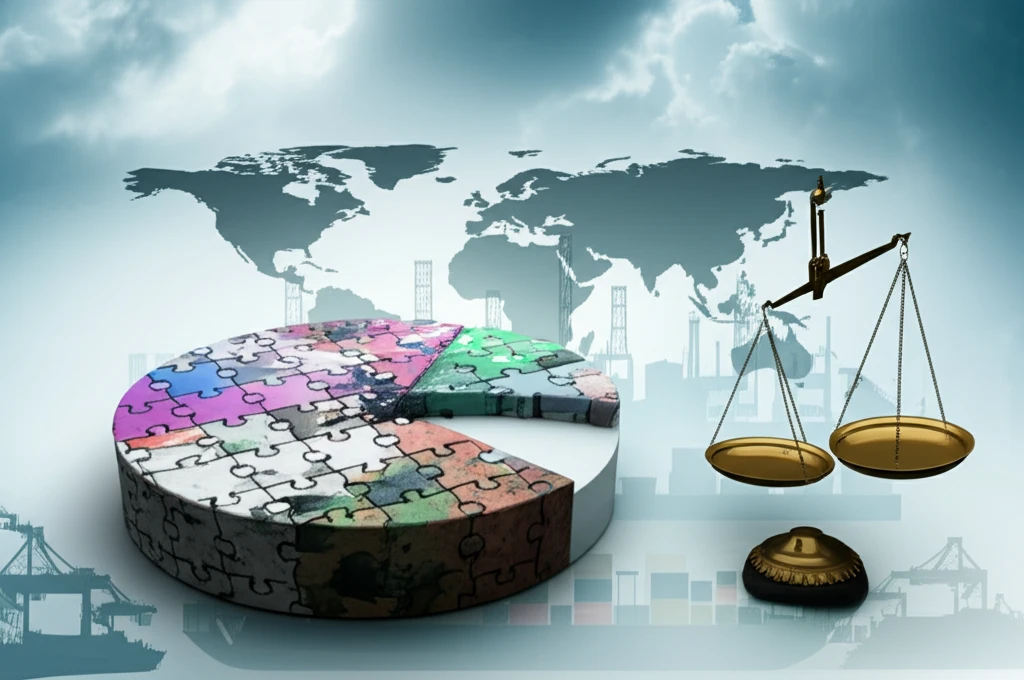
Is Free Trade Really Free? The Hidden Costs and Who Pays the Price
"Unmasking the realities of global trade: How current models impact developing nations and challenge traditional theories."
The modern world is characterized by a troubling paradox: widespread poverty existing alongside immense wealth. While some nations have successfully navigated the complexities of global economics, many others struggle, and some have even regressed. This raises critical questions about the fairness and efficacy of our current global trading system.
At the heart of this debate lies the concept of 'free trade' – a system often touted as the engine of economic growth and prosperity for all. But is free trade truly 'free' for everyone involved? Or does it, in practice, create a system where some nations benefit at the expense of others? Understanding the nuances of international trade policies is essential for creating a more equitable global economy.
This article aims to explore the realities of international trade, examining how current models impact developing nations and challenge the theoretical underpinnings of free trade. By understanding these critical issues, we can start to identify solutions that promote genuine, inclusive global prosperity.
The Myth of Comparative Advantage: Does Free Trade Benefit Everyone?

The dominant theory behind free trade is the principle of 'comparative advantage.' This suggests that each nation should specialize in producing goods and services it can produce at a lower relative cost, leading to increased efficiency and overall global wealth. Theoretically, this system should benefit all participating countries by allowing them to access cheaper goods and services.
- Unequal Playing Field: Developed nations often have significant advantages in technology, infrastructure, and access to capital, making it difficult for developing countries to compete.
- Labor Exploitation: The pursuit of lower costs can lead to the exploitation of workers in developing countries, with low wages and poor working conditions.
- Environmental Degradation: The pressure to compete can also lead to environmental degradation, as countries may weaken environmental regulations to attract investment.
Reimagining Trade: Toward a Fairer Global Economy
The evidence suggests that free trade, as currently practiced, does not automatically lead to prosperity for all. To create a truly equitable global economy, we need to move beyond simplistic models and embrace a more nuanced approach. This involves recognizing the inherent inequalities in the global system, supporting developing nations in building strong institutions, and prioritizing policies that promote sustainable and inclusive growth. Ultimately, trade should be a means to an end – a tool for achieving broader social and economic goals, not an end in itself.
